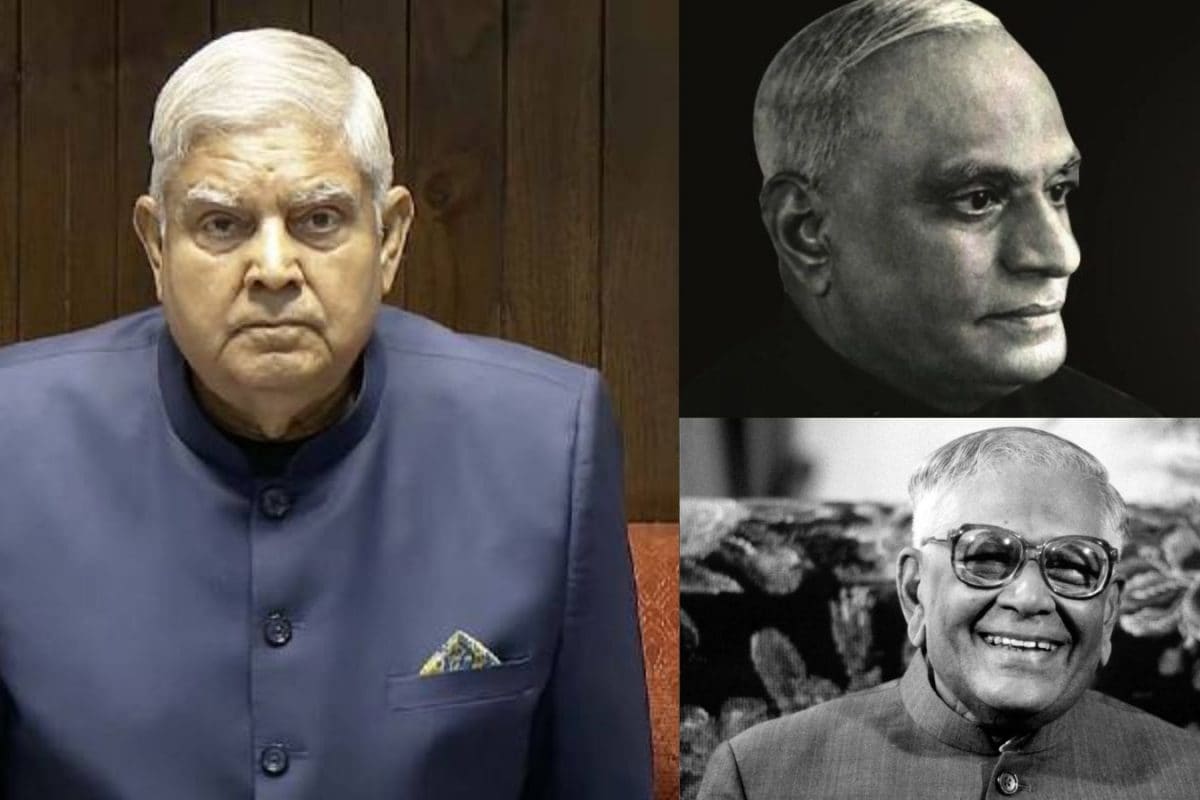

Jagdeep Dhankhar's recent resignation from the post of Vice President of India, citing health reasons, marks a rare event in Indian political history. While the resignation of a sitting Vice President is uncommon, it is not unprecedented. Prior to Dhankhar, two other individuals have resigned from this esteemed position mid-term.
Sarvepalli Radhakrishnan, the first Vice President of India, resigned in 1962. Radhakrishnan, a distinguished philosopher and statesman, served as Vice President from 1952 to 1962, also concurrently holding the office of Chairman of the Rajya Sabha. His resignation came as he was elected as the second President of India. His tenure as Vice President was marked by his erudition, diplomatic skills, and contributions to Indian education and philosophy.
Bhairon Singh Shekhawat, another prominent figure in Indian politics, resigned from the Vice Presidency in 2007. Shekhawat, a veteran leader of the Bharatiya Janata Party (BJP), served as the Chief Minister of Rajasthan for three terms. He was elected as the Vice President in 2002. Shekhawat's resignation occurred because he decided to contest the presidential election as an independent candidate; however, he was defeated by Pratibha Patil.
Jagdeep Dhankhar, who served as the Vice President of India since 2022, resigned on July 21, 2025, due to health concerns. Prior to becoming Vice President, Dhankhar served as the Governor of West Bengal from 2019 to 2022. He also held the position of Union Minister of State for Parliamentary Affairs in the Chandra Shekhar ministry from 1990 to 1991 and was a member of Lok Sabha from 1989 to 1991. His tenure as Vice President was noted for his active participation in parliamentary proceedings and his role as the Chairman of the Rajya Sabha. In his resignation letter to the President, Dhankhar conveyed his gratitude to the Prime Minister and Members of Parliament, expressing pride in India's global rise and confidence in its future.
The Vice President of India holds the second-highest constitutional office in the country, after the President. The Vice President also serves as the ex-officio Chairman of the Rajya Sabha, the upper house of the Indian Parliament. In the event of the President's absence, death, resignation, or impeachment, the Vice President assumes the responsibilities of the President until a new President is elected.
The resignation of the Vice President triggers a series of constitutional and procedural steps. Article 67(a) of the Constitution of India stipulates that the Vice President can resign by submitting a resignation letter to the President. The Constitution does not specify who performs the duties of the Vice President of India when a vacancy occurs in the office before the expiry of the term or when the Vice President acts as the President of India. The resignation creates a vacancy that needs to be filled. The Election Commission of India is then responsible for organizing and conducting an election to select the new Vice President.